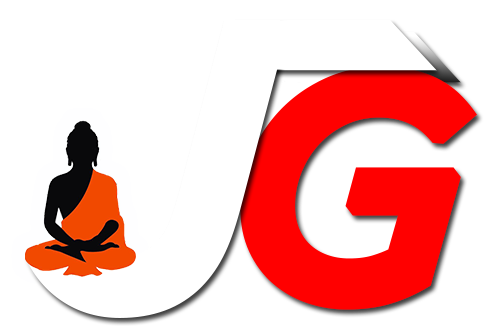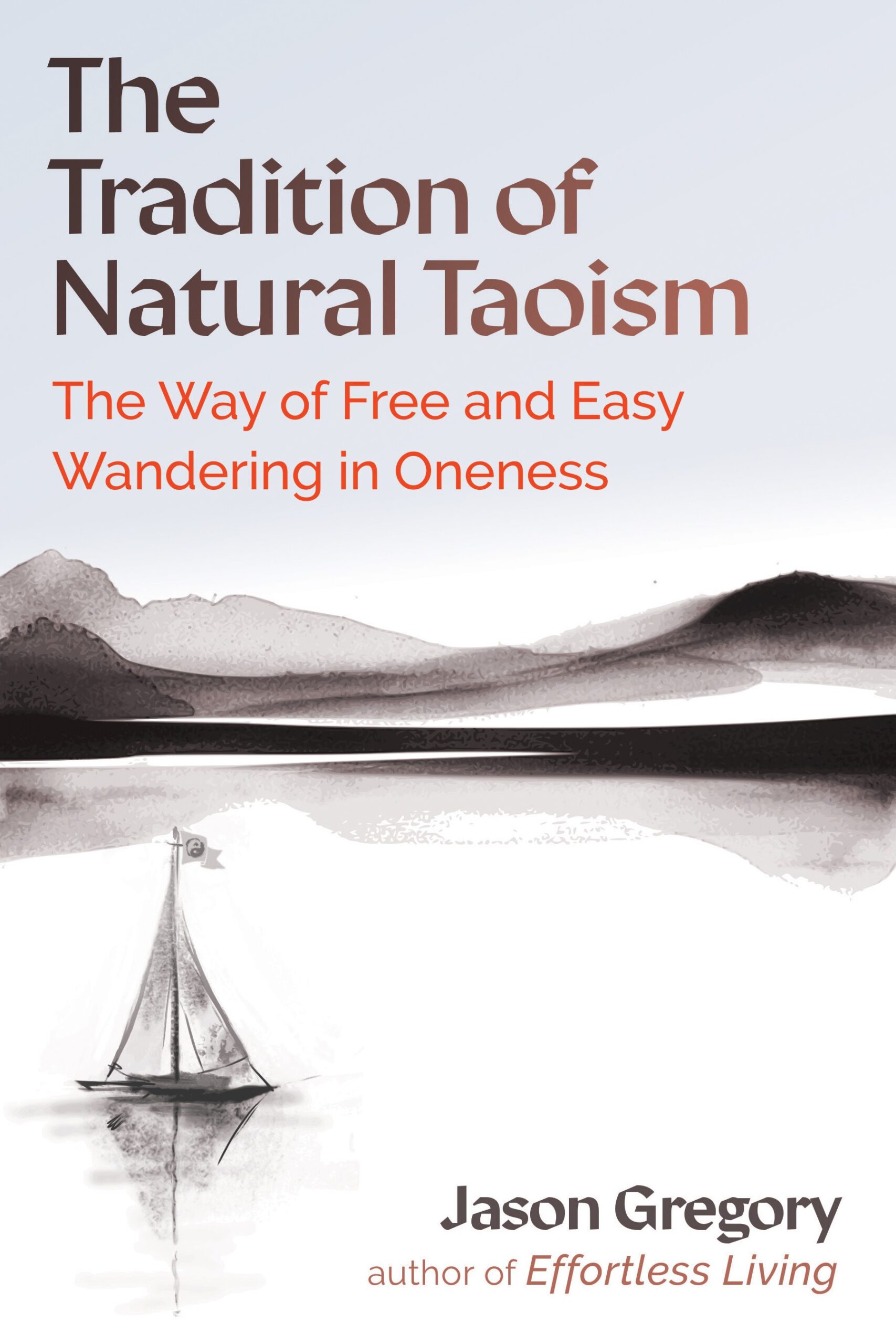The Ancient Eastern Science of the Nervous System | Book Excerpt from Fasting the Mind

The spiritual path of Buddhism came into existence as a result of this yearning to completely slow down our nervous system so we can experience real freedom. In Sanskrit such freedom is called nirvana, meaning extinction, freedom from suffering, and ultimately the unconditioned eternal reality that we experience as enlightenment. In the story of Gautama the Buddha, he sought methods of practice and philosophy that would evoke the state of nirvana. He followed asceticism and strict spiritual practices for six years. It wasn’t until he was exhausted in his efforts that he finally took some milky soup from a young girl herding cattle and sat under the famous Bodhi tree in the small town of Bodh Gaya, India. In doing so, he completely relaxed without the need for striving. His original efforts had been futile because he was approaching enlightenment in the same way that we purchase a cheap suit. In striving for anything, there is still agitation in the mind, and this perception of life comes from the ignorant view of how we supposedly achieve things in this world.
Whether knowingly or unknowingly, Gautama the Buddha accessed a part of our nervous system that remains dormant when we are always in physical and mental motion. This part of our nervous system is known as the parasympathetic nervous system (PSNS).
To gain a better understanding of this we need to know what makes up the nervous system. The nervous system is the part of an animal’s body that coordinates its voluntary and involuntary actions and also transmits signals to and from different parts of its body. In vertebrate species, such as human beings, the nervous system contains two parts, the central nervous system (CNS) and the peripheral nervous system (PNS). The central nervous system contains the brain and spinal cord, while the peripheral nervous system consists of mainly nerves, which are enclosed bundles of long fibers, and axons, which are long, slender projections of nerve cells that conduct electrical impulses away from the neuron’s cell body. These nerves and axons connect the central nervous system to every other part of the body. The peripheral nervous system is divided into the somatic nervous system (SoNS) and the autonomic nervous system (ANS).
The autonomic nervous system is our central focus when related to psychological or spiritual inner work and transformation. The autonomic nervous system is a control system that largely acts unconsciously and regulates our bodily functions such as heart rate, respiratory rate, digestion, pupillary response, urination, and sexual arousal. The autonomic nervous system has two branches: the sympathetic nervous system (SNS) and the parasympathetic nervous system (PSNS). The sympathetic nervous system is sometimes considered the “fight or flight” system because it is activated in cases of emergencies to mobilize energy. It is what we activate when we are in motion and being stimulated through our senses. Without it we could not do anything. The parasympathetic nervous system, on the other hand, is often considered the “rest and digest” or “feed and breed” system because it is activated when we are in a relaxed state. We activate the parasympathetic nervous system when we essentially do nothing. It is also responsible for stimulation of “rest and digest” and “feed and breed” activities that occur when the body is at rest, especially after eating, including sexual arousal, lacrimation (tears), salivation, urination, digestion, and defecation. The parasympathetic nervous system is what makes us drift off to sleep every night. It is stimulated most when we relax deeply.
The war on our nervous system is essentially the overstimulation of our sympathetic nervous system along with an understimulation of the parasympathetic nervous system. When we stimulate only the sympathetic nervous system without activating the parasympathetic nervous system, we increase the probability of chemical imbalances in our brain from not having a healthy balanced lifestyle. Because of this, the vast majority of us are teetering on the edge of psychological suicide.
People may say in response to this statement that they have time to relax every day. But are our methods for relaxation really relaxing? Our perception of relaxing is sitting in front of the television or computer, playing with our phones, chatting with friends, and so on. This is not true relaxation. Actually, when we engage in such activities we are still stimulating the sympathetic nervous system and not the parasympathetic nervous system. Accessing the parasympathetic nervous system requires a complete shutdown and withdrawal of the senses and mental activity, known as pratyahara in Sanskrit. This shutdown is important to Hinduism, Taoism, and especially Buddhism with its methods of practicing meditation.
No matter whether it is Theravada, Mahayana, Vajrayana, or Zen, the various strands of the Buddha’s teachings have at their core the necessity of starving or fasting the mind. This is done to allow the parasympathetic nervous system to play its role within our psychosomatic organism. One of the more effective methods that the Buddha supposedly taught was vipassana. Vipassana is a Pali word (vipasyana in Sanskrit) used in the Buddhist tradition that means “insight into the true nature of reality.” The meditation practice of vipassana is an ancient method that is believed to have come from Gautama the Buddha himself and which survived through other Buddhas throughout history. Vipassana meditation is thought of not only as a meditation practice in all life but also a disciplined technique that is supposed to evoke vipassana in all life. This technique was reintroduced by Burmese Theravada Buddhist teachers Ledi Sayadaw and Mogok Sayadaw. It was then popularized by Mahasi Sayadaw (a Burmese Theravada Buddhist monk and meditation master), Saya Gi U Ba Khin (the Burmese vipassana meditation teacher and an influential leader of the vipassana movement), and his student, Satya Narayan Goenka (better known as S. N. Goenka), who is well known for spreading the vipassana movement worldwide with more than a hundred centers located in various countries around the world.
The vipassana meditation technique is like shock therapy for your nervous system, consisting of a ten-day course in seclusion away from worldly distractions, where you meditate for hours each day, eat small portions of vegetarian food, and sleep, with no talking at all for the whole duration. The effect this has on us is immense. During the ten days people are finally giving themselves the chance to allow the parasympathetic nervous system to function without the interference of the sympathetic nervous system habitually seeking stimulation. The result is that a lot of the subconscious content lying dormant within our nervous system—content that drives our unconscious reactions and responses to the world—rises to the surface of our conscious mind, giving us the opportunity to finally reveal and heal our deep-seated conditioning.
Vipassana meditation practitioner William Hart explains how we can use “right awareness” and the awareness of respiration (anapanasati in Pali and anapanasmrti in Sanskrit) to bring us back into the ultimate reality of the here and now. He shows how, through the awareness of respiration we can start observing the normally unconscious autonomic functioning of the psychosomatic organism. In Hart’s book The Art of Living: Vipassana Meditation he states:
Focusing on breathing can help us explore whatever is unknown about ourselves, to bring into consciousness whatever has been unconscious. It acts as a bridge between the conscious and unconscious mind, because the breath functions both consciously and unconsciously. We can decide to breathe in a particular way, to control the respiration. We can even stop breathing for a time. And yet when we cease trying to control respiration, it continues without any prompting.
For example, we may begin by breathing intentionally, slightly hard, in order to fix the attention more easily. As soon as the awareness of respiration becomes clear and steady, we allow the breath to proceed naturally, either hard or soft, deep or shallow, long or short, fast or slow. We make no effort to regulate the breath; the effort is only to be aware of it.
Observing our conscious, intentional breath leads us to awareness of the normally unconscious, autonomic function of our natural breath. This meditation on the breath guides us beyond superficial reality toward an awareness of a subtle reality, while the illusion of past and future eclipses this awareness of a subtle reality. Human suffering stems from the looming anxiety of the future and the stress from our past experiences. This temperament has us obsessing about ourselves in an unconscious “me, me, me”–centered attitude. As a result our mind is often lost in the fantasies and illusions of the past and future, where we hold on to pleasant experiences while trying to erase unpleasant experiences of the past, without realizing that both will stay dormant within the subconscious if they are not brought to the surface of consciousness.
When we are mindlessly out of sync with the here and now we are unaware of the cravings and aversions that our subconscious continues to fuel and that drive our unconscious reactions toward the world. Anapanasati is an advanced method that will deliver us from this dilemma of suffering and the perpetual subconscious obsession we have about ourselves. The awareness of respiration, especially if practiced earnestly throughout our life, will allow us to be ever present in the here and now effortlessly, without the need for trying. But this might not be the case in the beginning because we have become accustomed to distraction over the course of our lives. Some effort, then, is necessary at the start of disciplining our attention to be focused in the present moment.
Vipassana is a flawless method for digging into the unconscious material within our mind to give us a glimpse of our true nature. The only problem with this method of fasting the mind is what to do with it when we come out of seclusion and return to the world. American mythologist Joseph Campbell called this “bringing back the boon,” referring to anybody who chooses to break away from fear to embark on the “hero’s journey” and then return to the world to share what they have learned. Campbell explains:
The whole idea is that you’ve got to bring out again that which you went to recover, the unrealized, unutilized potential in yourself. The whole point of this journey is the reintroduction of this potential into the world; that is to say, to you living in the world. You are to bring this treasure of understanding back and integrate it in a rational life. It goes without saying, this is very difficult. Bringing the boon back can be even more difficult than going down into your own depths in the first place.
Many people who come out of a vipassana course often fall straight back into familiar habits when they return to their usual surroundings. The constant practice of fasting the mind hasn’t taken root yet because people fall back into the habit of excessive stimulation. When we get back into that habit we begin to overuse the sympathetic nervous system again. Few people, no matter whether they have done a vipassana meditation course, are conscious of how they consume and transform energy taken in through the nervous system.
Buy Fasting the Mind:
Amazon Paperback http://amzn.to/2zhsAY1
Amazon Kindle http://amzn.to/2z60LOe
Amazon UK https://www.amazon.co.uk/dp/1620556464/
Amazon Canada https://www.amazon.ca/dp/1620556464/
Direct from Inner Traditions https://www.innertraditions.com/fasting-the-mind.html
Direct from Simon & Schuster http://www.simonandschuster.com/books/Fasting-the-Mind/Jason-Gregory/9781620556467
Barnes & Noble https://www.barnesandnoble.com/w/fasting-the-mind-jason-gregory/1124693189

